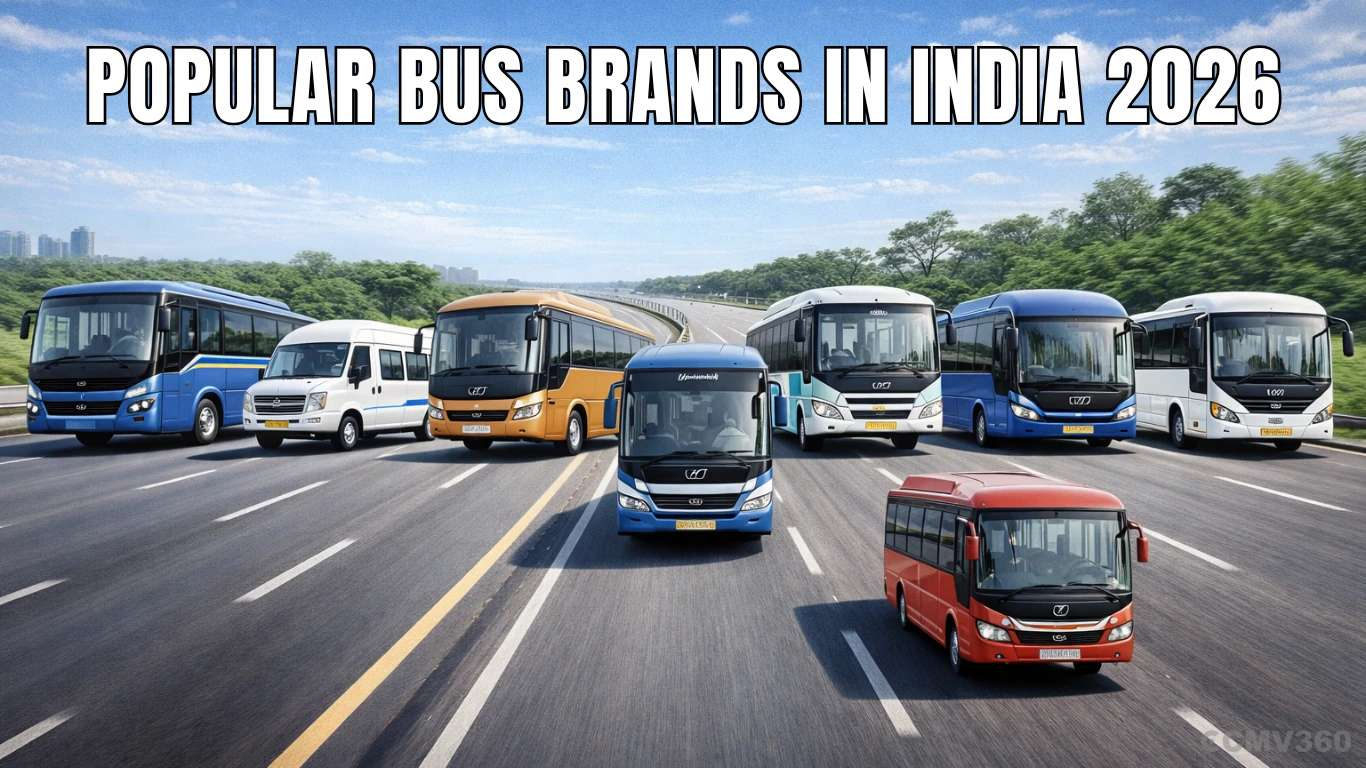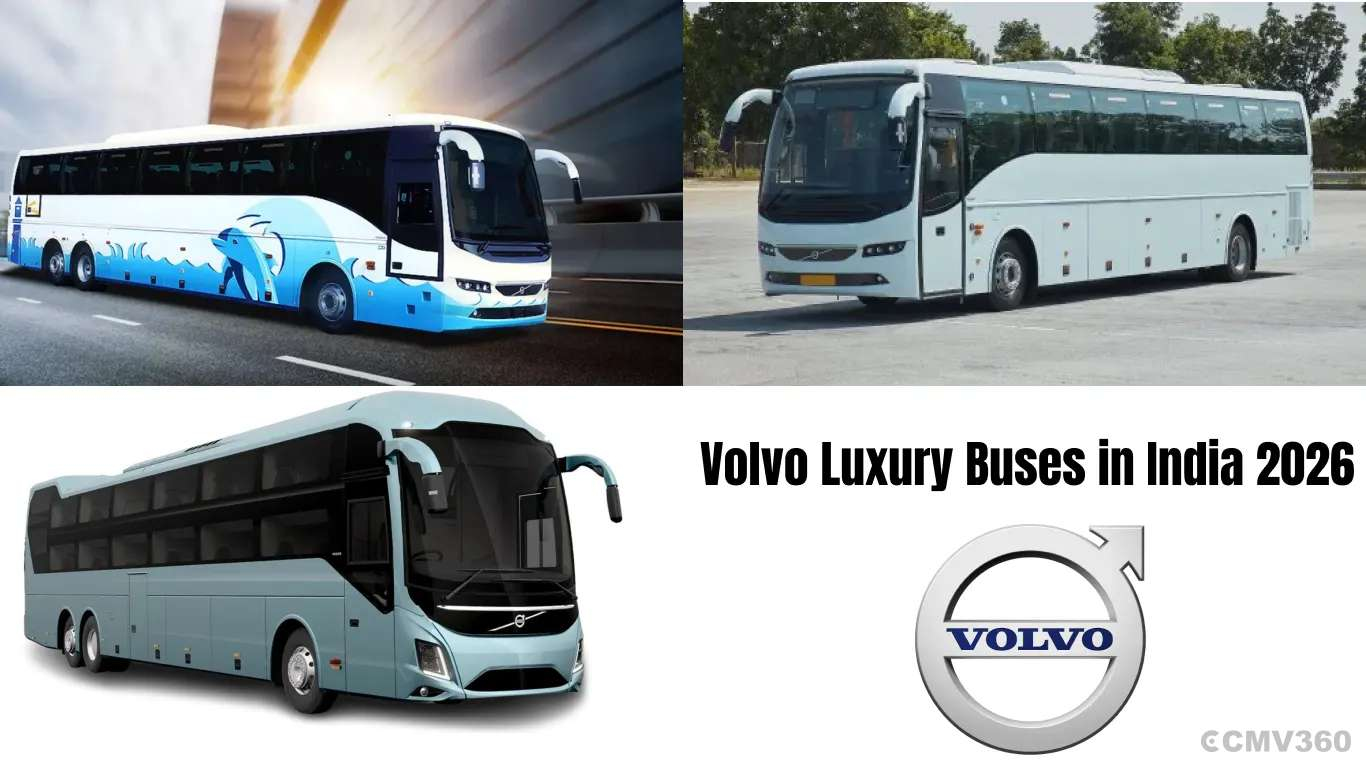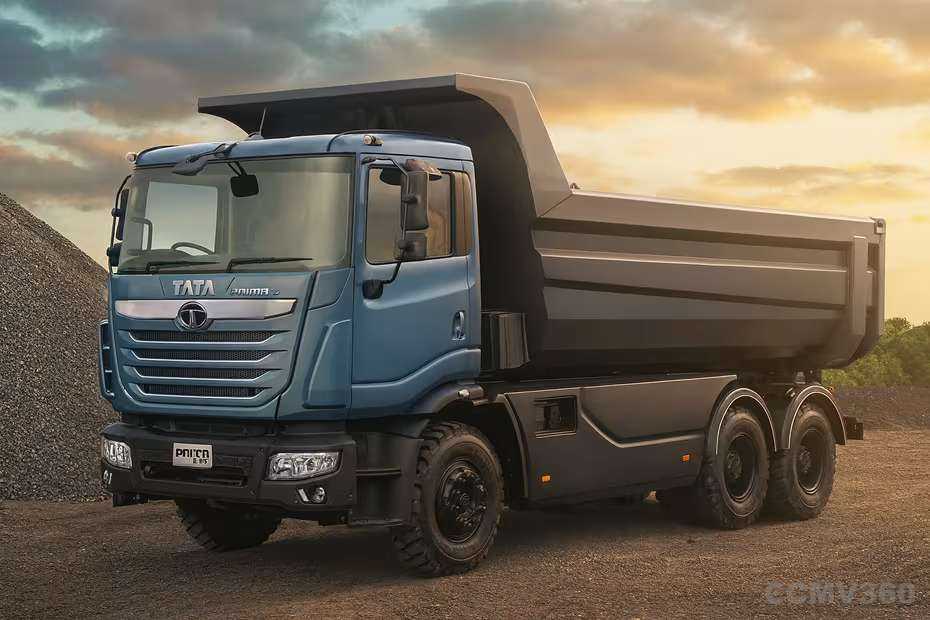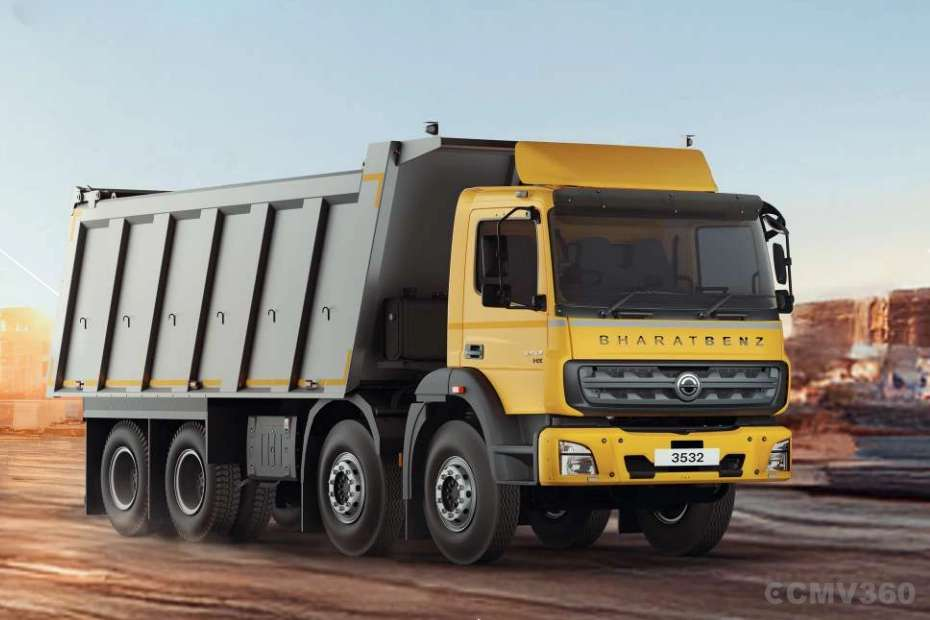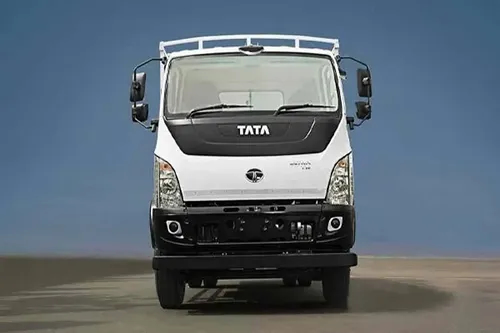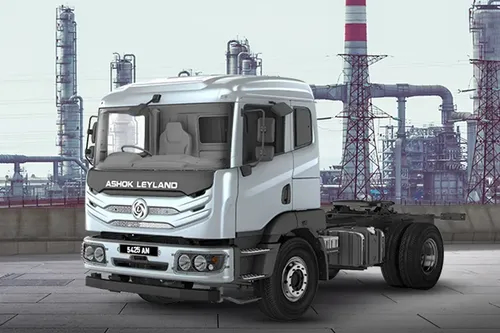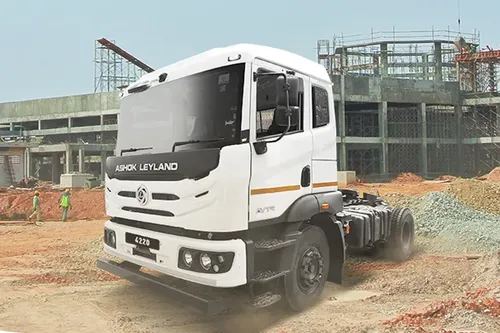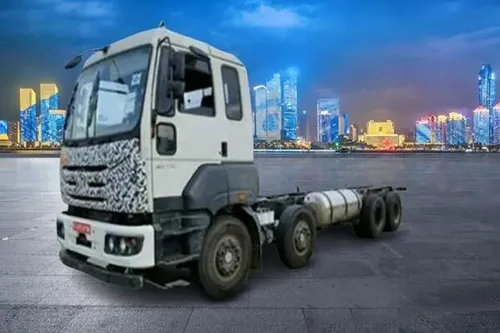Ad
Ad
National Scheme on Welfare of Fishermen
The National Scheme on the Welfare of Fishermen is a program aimed at providing benefits and support to those who are involved in the marine and inland fishing sector. The Union Territories (UTs) and States are responsible for providing land for the development of these resources.

When it comes to allocating houses to the beneficiaries under this scheme, there are certain conditions that must be followed by the States. Firstly, the State Government must ensure that the beneficiaries are active fishermen. Secondly, preference should be given to fishermen who are below the poverty line and do not own any land. Finally, the allotment of houses can be given to fishermen who either own land or kutcha.
The cost of providing amenities such as housing will be shared between the State and Central Government. However, in the case of North-Eastern states, the Central Government will bear 75% of the cost while the entire contribution will be made by the Government of India in the case of Union Territories.
Eligibility Criteria for the National Scheme on Welfare of Fishermen
The National Scheme of Welfare of Fishermen has specific eligibility criteria for fishermen who wish to avail its benefits. The following points summarize the eligibility criteria:
- Active full-time fishermen
- Members of a Cooperative Society, Federation, or Welfare Society
- Fishermen below the age of 60 years
- Fishermen who live below the poverty line
- Families of fishermen who have regular employment or a regular income are not considered as beneficiaries.
Amenities provided under The National Scheme of Welfare of Fisherman
The National Scheme of Welfare of Fishermen provides a number of amenities to eligible fishermen. These amenities are aimed at improving the standard of living and working conditions of fishermen. The following are the different types of amenities provided and the contribution made by the government-
Common Facility: The scheme allows for the construction of a community hall in fishing villages that consist of at least 75 houses. The hall must not exceed 200 square meters in size and the cost of construction must not exceed 2 lakh rupees. The hall should come equipped with two toilets (one for ladies and one for gents) and a tubewell. The hall can be used as a mending shed and drying yard, and the States and Union Territories are responsible for ensuring that it is properly utilized. In some cases, the hall can be used as a common workplace for fishermen, with a roof and pillars instead of walls.
Drinking Water: Under this scheme, every 20 houses in a village are provided with a tubewell. In villages with more than 10 but less than 20 houses, one tubewell is provided. The cost of installing a tubewell must not exceed 40,000 rupees, but in North-Eastern States, the cost must not exceed 45,000 rupees. The State Government must provide reasonable justification for any increase in cost. The number of tubewells installed will depend on the water requirements of the village. An alternative source of water can be provided in villages where building tubewells is not practical. The State Government is responsible for the entire contribution if the supply of drinking water is more than the construction of a tubewell.
Housing: In order to be eligible for housing under the scheme, the village must consist of a minimum of 10 houses. The number of houses that can be constructed in the village depends on the number of eligible fishermen, with no upper limit. The State must ensure that houses are allotted equally among all eligible fishermen. The base area of each house must be within 35 square meters and the cost of construction must not exceed 75,000 rupees. The State Government can plan the construction of the houses accordingly, depending on the available resources, to construct more houses.
Training and Extension component of the National Scheme of Welfare of Fishermen
The Training and Extension component of the National Scheme of Welfare of Fishermen is designed to provide the necessary resources and support to fishermen. The primary focus of this component is to provide training and extension services to fishermen, so they can improve their skills and techniques, and increase their productivity and profitability.
The State and Central Governments will be responsible for contributing towards the expenditure of this component, with both sharing the costs on a 50:50 basis. However, in the case of North-Eastern states, the contribution will be on a 75:25 basis, with the Central Government providing the majority of the funding. In the case of Union Territories, the entire cost will be covered by the Central Government.
The Training and Extension component aims to provide a comprehensive and tailored support system for fishermen and help them to achieve their goals and improve their livelihoods. The government's investment in this component will help to promote sustainable and profitable fishing practices, and ultimately benefit the entire fishing industry.
Saving-cum-Relief component of the National Scheme of Welfare of Fishermen
The Saving-cum-Relief component of the National Scheme of Welfare of Fishermen is designed to support both inland and marine sector fishermen. This component involves a savings aspect, in which fishermen are requested to contribute a set amount for 9 months, and a relief aspect, in which they receive financial support during a 3-month fishing ban period.
The contribution made by fishermen is Rs.900 for the 9-month savings period, while the State and Central Governments each contribute Rs.900 over the same period. The total contribution of Rs.2,700 is then given to the fishermen during the 3-month fishing ban period, with a monthly payment of Rs.900. In the case of Union Territories, the entire contribution is made by the Central Government, while in the case of North-Eastern States, the contribution is made on a 75:25 basis, with the Central Government's contribution being Rs.1,350 and the North-Eastern State's contribution being Rs.450. The interest generated from the fishermen's contribution is paid in the last month.
The beneficiary's contribution is collected by the President or Secretary of the Association and is handed over to the relevant State or Union Territory, who in turn deposit it at a Nationalised Bank. The contribution is recorded in the name of the State or Union Territories' Director of Fisheries.
In case of default on payments, the government's contribution will be made only for the months the beneficiary makes the contribution, and the total contribution must then be paid back in equal installments over 3 months. The interest generated during the savings period will be paid in the last month. However, if the default occurs only once or twice during the entire fishing season, the amount can be waived if the beneficiary pays a default fee, which is equal to the interest that would have been generated if the beneficiary had made the payments on time.
The lean months, which vary every year based on weather patterns, can be determined by the Director of Fisheries based on factors such as climate changes and other relevant considerations.
Insurance and aid Component for fishermen
Group Accident Insurance - The National Scheme of Welfare of Fishermen includes a component for Insurance and Aid. This component provides group accident insurance for active fishermen who are registered with the State and Union Territory Governments. The insurance covers death or permanent total disability for Rs.2 lakh and partial permanent disability for Rs.1 lakh. Hospital expenses for accidents are also covered for Rs.10,000. The insurance policy has a duration of 12 months and is taken out by the National Federation of Fishermen's Cooperatives Ltd. (FISHCOPFED) on behalf of all participating States and Union Territories. The annual premium must not exceed Rs.65 per person and is contributed on a 50:50 basis by the Central and State Governments, with the Central Government contributing entirely in the case of Union Territories and on a 75:25 basis in North-Eastern States.
Grants-in-aid provided to FISHCOPFED - The Central Government's contribution is given directly to FISHCOPFED and the State Government's contribution must be given to FISHCOPFED prior to the renewal date. Both marine and inland sector fishermen are covered under the scheme and no contributions are required from the fishermen. The scheme will be executed by FISHCOPFED with the help of one or more agencies as needed to ensure adequate service.
In addition to the insurance component, FISHCOPFED will receive a grant-in-aid of Rs.50 lakh per year to strengthen the organization. This grant will also provide funding for training programs to improve the skills of traditional fishermen.
Assistance granted under the Training and Extension program
| Component | Assistance Granted ||:---: |:---: || Human Resources Development | Stipend: Rs.125 per day (up to 15 days) Travel expenses: Rs.500 for participant's travel (by bus or train) Rs.1,000 for guest lecture Rs.1,000 for resource person's travel || Publication of handbooks | Author: Rs.15,000 (including Rs.5,000 for illustrations, typing, stationeries, etc.) Printing: Rs.50,000 for 500 copies || Publication of training manuals | Expert: Rs.5,000 Printing: Rs.20,000 for 500 copies || Fisheries Division activities at Headquarters | Overhead expenditure for strengthening extension and training skills of personnel at Department of Animal Husbandry, Dairying & Fisheries Headquarters || Establishment of Fish Farmers' Training and Awareness Centres | Rs.30 lakh for merger of centres Rs.60 lakh for 2 centres per state (state and Union Territories to contribute land and operational costs) || Seminars/workshops/symposia | Lump sum of up to Rs.1 lakh for publication of proceedings Rs.50,000 contribution from state and Union Territories for organizing workshops and seminars |
FAQs for the National Scheme on Welfare of Fishermen
Here are some frequently asked questions (FAQs) about the National Scheme on Welfare of Fishermen:
Q1. Who is eligible for Group Accident Insurance under the National Scheme on Welfare of Fishermen?
Registered fishermen with the State and Union Territory Governments are eligible for Group Accident Insurance under the National Scheme on Welfare of Fishermen.
Q2. How much insurance coverage is provided under the National Scheme on Welfare of Fishermen?
Under the National Scheme on Welfare of Fishermen, registered fishermen are provided with insurance coverage of Rs.2 lakh against death or permanent total disability and Rs.1 lakh against partial permanent disability. Additionally, Rs.10,000 is provided for hospital expenses in case of an accident.
Q3. Who operates the Group Accident Insurance scheme?
The Group Accident Insurance scheme under the National Scheme on Welfare of Fishermen is operated by the National Federation of Fishermen's Cooperatives Ltd. (FISHCOPFED) through an insurance company.
Q4. Who pays the premium for the Group Accident Insurance scheme?
The premium for the Group Accident Insurance scheme is contributed on a 50:50 basis by the Central and State Governments, with the exception of the Union Territories, where the entire contribution is made by the Central Government. For North-Eastern States, the contribution is made on a 75:25 basis between the Central and North-Eastern State Governments.
Q5. Are marine and inland sector fishermen covered under the National Scheme on Welfare of Fishermen?
Both marine and inland sector fishermen are covered under the National Scheme on Welfare of Fishermen.
Q6. Are fishermen required to make any contributions towards the Group Accident Insurance scheme?
No, fishermen do not have to make any contributions towards the Group Accident Insurance scheme under the National Scheme on Welfare of Fishermen.
Q7. What is the role of the Ministry in the implementation of the National Scheme on Welfare of Fishermen?
The Ministry may take the help of one or more different agencies to ensure that the National Scheme on Welfare of Fishermen is implemented adequately, depending on the requirements.
Q8. What is the purpose of the grant-in-aid provided to FISHCOPFED?
The grant-in-aid provided to FISHCOPFED is to strengthen the organization so that it can continue providing welfare activities such as training and insurance to fishermen.
Q9. Who is eligible for the stipend provided under the Training and Extension programme?
Participants of the Training and Extension programme are eligible for the stipend provided under the programme.
Q10. What is the purpose of the Fish Farmers' Training and Awareness Centres?
The Fish Farmers' Training and Awareness Centres are established to provide training and awareness to fish farmers. The centres are established with the help of financial assistance from the Central Government and contributions from the State and Union Territories towards land and operational costs.
Features & Articles
Top 10 CNG Trucks in India 2026: Best CNG Models
Explore the top 10 CNG trucks in India 2026 with detailed insights on Tata, Eicher, Ashok Leyland, Maruti, and Mahindra models, covering features, use cases, and business...
12-Jan-26 11:07 AM
Read Full NewsPopular Bus Brands in India 2026
Explore popular bus brands in India 2026 with prices, models, USPs, electric buses, and buying insights. Covers Tata, Volvo, Ashok Leyland, Eicher, Force, Mahindra, Olect...
08-Jan-26 04:06 PM
Read Full NewsPopular Volvo Luxury Buses in India 2026: Complete Guide to Volvo Buses Prices, Specs, and Key USPs
Premium Volvo buses in India explained with prices, features, and specifications. Detailed guide covering Volvo 9400 and Volvo 9600 luxury coaches, safety, comfort, and t...
06-Jan-26 11:28 AM
Read Full NewsTop 10 Commercial Vehicles to Buy in India in 2026
Explore the top 10 commercial vehicles in India for 2026, including cargo trucks, pickups, buses, and electric three-wheelers with prices, specs, payload, mileage, and be...
06-Jan-26 05:12 AM
Read Full NewsTop 5 Tata Pickup Trucks in India 2026: Prices, Specs & Best Models Compared
Explore the top 5 Tata pickup trucks 2026 with prices, specs, payload, mileage, and features. Compare Tata truck prices in India and choose the best pickup for your busin...
30-Dec-25 01:11 PM
Read Full NewsEXCON 2025 Spotlight: Tata Motors Unveils Powerful New Diesel, CNG & Electric Commercial Vehicles for Construction and Mining
Tata Motors showcases powerful diesel, CNG, and electric commercial vehicles at EXCON 2025, highlighting innovation, productivity, sustainability, and advanced solutions ...
18-Dec-25 10:26 AM
Read Full NewsAd
Ad

